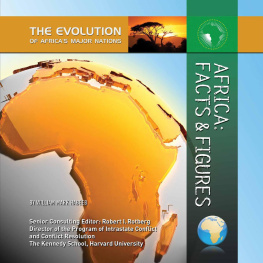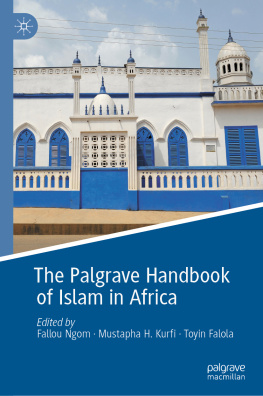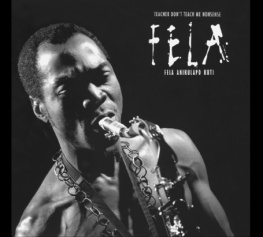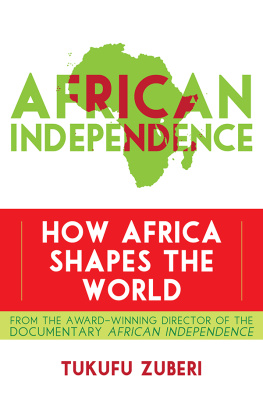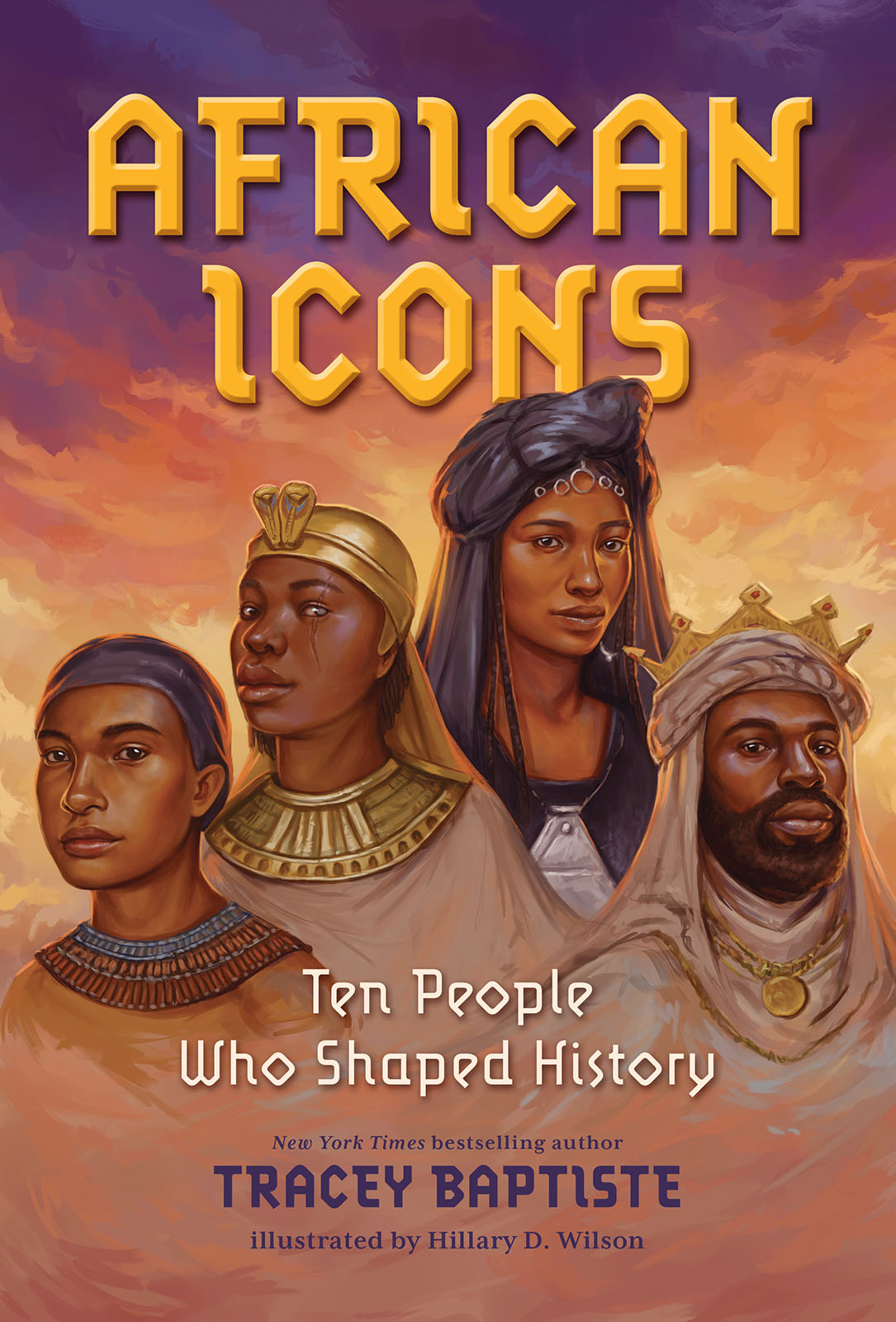African Icons
Ten People Who Shaped History
Tracey Baptiste
illustrated by Hillary D. Wilson

Algonquin Young Readers 2021
For Uncle Leo
(March 1927 to May 2020)
and for all African descendants whose stories were taken away.


Contents

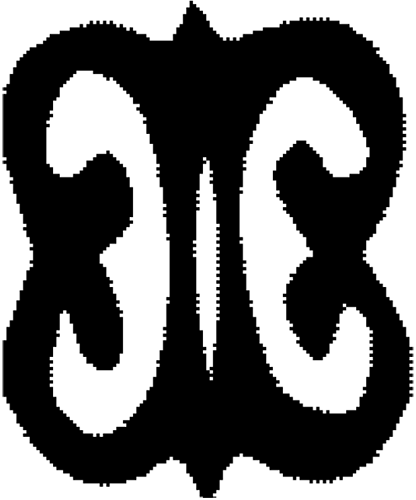
Introduction: When Africa Fueled the World
W hen I was little, my father told me a story about a hunter who found a skull in the bush. It went like this:
A man tripped over a human skull as he was hunting in the bush. How did you get here? the man asked. To his surprise, the skull answered, Talking got me here. The hunter was shocked and ran to his village to tell everyone what he found. Naturally, everyone wanted to see this talking skull, including the king, so the hunter led them back. He asked the skull again, How did you get here? But the skull said nothing. The hunter asked again and again, but the skull was still silent. Eventually the king got angry and ordered the hunters head cut off on the spot. As soon as everyone went home, the skull said, And how did you get here? The hunters head replied, Talking got me here.
I didnt know that this story of the hunter and the skull is one of the most popular stories throughout the continent of Africa. The story my father told is closest to The Talking Skull by the Nupe people of Nigeria. My father is of Indian descent and was born and raised on the Caribbean island of Trinidad, which is simply proof of how stories made their way around and how connected Africa has always been to the rest of the world.
If I were to tell you a story about thieves who hid their loot in a mountain cave and who needed a password for the mountain to open up and let them into their lair, you might think of the Arabian story Ali Baba and the Forty Thieves. There is an African story called The Password from the Dahomey people of West Africa that is very much the same. If I mention a story about a giant and a man who tricked it, you might think about the English story Jack the Giant Killer, but there is a similar story called A-Man-Among-Men from the Hausa people of Nigeria.
African stories, like African culture, beliefs, technology, and people, have been moving around the world for centuries. I find it interesting, then, that in the United States, when people think of Black History, it is often limited to enslavement, the Civil War, and the civil rights movement. At the beginning of Black History Month every February 1, when my children would come home from school with a Black History projectoften questions on a single sheet of paperI would have to remind them that the people who were brought to the Americas and forced into bondage had rich lives prior to their theft and enslavement by Europeans. Imagine having the lengthy history of the first people on the planet, living on the second-largest continent on Earth, all whittled down to a single sheet of paper. Thats some sheet.
I hope, in this book, to bring to life some of the history of Africa before the forcible transportation of so many via the Middle Passage to enslavement in Europe, the Americas, and the Caribbean. Through examining the lives of ten fascinating and unique Africans, I want to shed light on what was happening to the African land they lived on and how they helped to shape the lives of people on the continent and in the wider world. In so doing, I also hope to correct some inaccuracies about what was happening in Africa before enslavement and colonialism ravaged it.
The best place to start examining the early history of Africa is by looking at the land itself. We all have a distorted view of the African continent, thanks to disproportional maps. Africa is a lot bigger than you think. At 11,677,239 square miles, it takes up one-fifth of the total land area of Earth. The continent stretches for five thousand miles from Cape Verde in the north to the Cape of Good Hope on the southern tip. It is nearly as wide across. The only continent larger than Africa is Asia. The most commonly used map, the Mercator projection, shows Africa 14.5 times smaller than it actually is in proportion to other countries, while showing places like Europe, Russia, the United States, and Greenland much larger than they really are. Graphic artist Kai Krause created a map that compares the actual size of Africa to various countries.
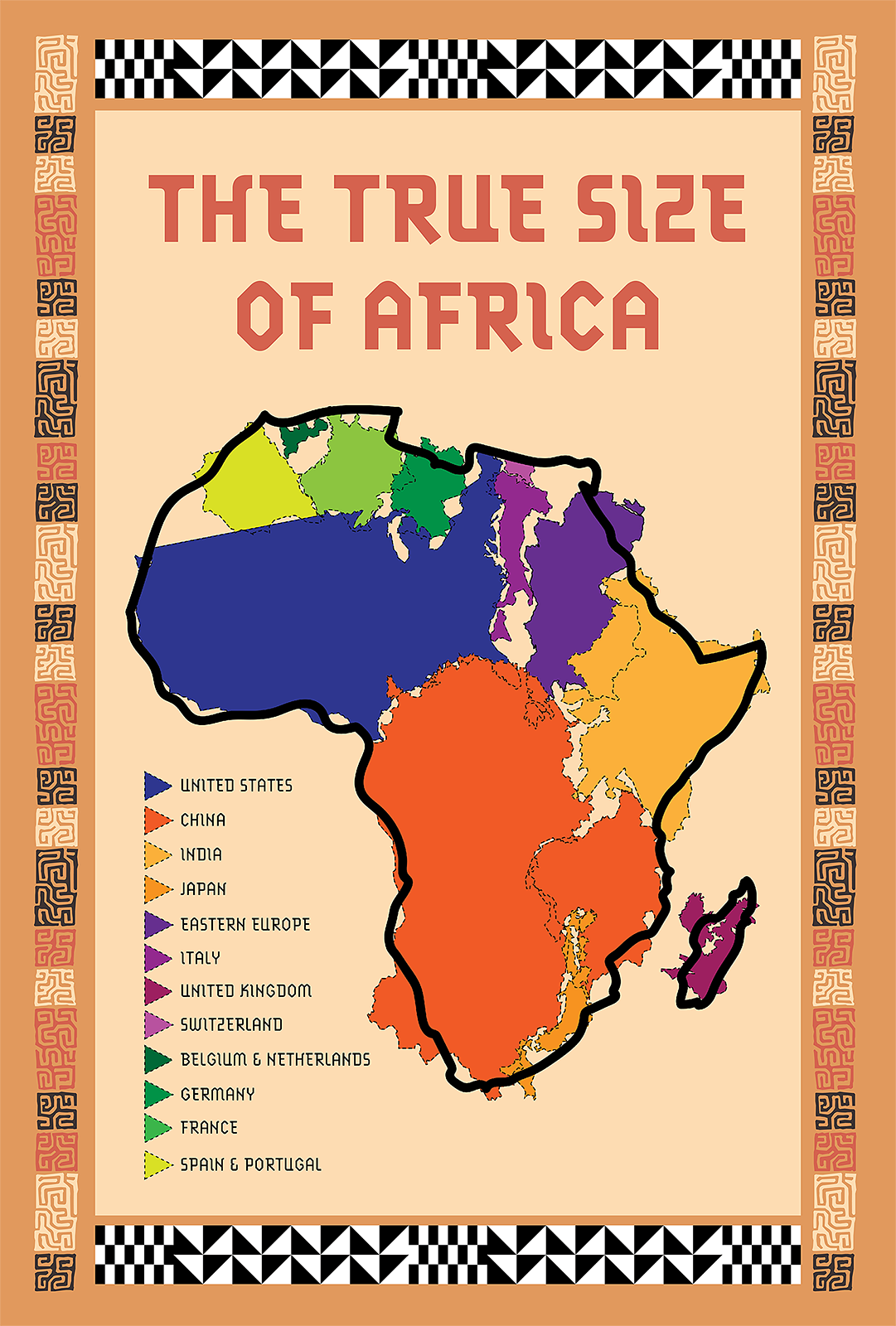
Not only is Africa the second largest continent on Earth but the history of Africa is also the longest of anywhere on Earth. Early humans appeared in Africa over two million years ago and evolved into Homo sapiens, or modern humans, about two hundred thousand years ago. About seventy thousand years ago, Africans developed language; created art, tools, and hunting technology; and began moving out of the continent and populating the entire planet. The single language developed by Africans fifty thousand to seventy thousand years ago is the root of all six thousand languages spoken around the world today. This original African language was complex, and it used a combination of sounds, including clicks. The very first languages to evolve from it were developed in eastern Africa in what is now Tanzania, Kenya, and Ethiopia. The enduring click languages of some African countries have more than one hundred sounds, while some newer languages, like Hawaiian, have only thirteen. English uses forty-five sounds.
Today, there are between four hundred and one thousand African languages, each reflecting the unique culture of its people.
Six thousand years ago, as the landscape and climate changed, African people started moving across the continent, following better hunting opportunities and more fertile ground. Along the way, they developed new communities and complex forms of governments, some of which were matrilineal, some patrilineal. By 3000 BCE, gold had been discovered beneath African soil. Discovery of gold and other precious minerals changed agricultural communities into the worlds very first kingdoms and empires. One of these was Kemit, which means the black lands. It was so named by the people who lived there because of the rich mud of the Nile River. Later, foreigners began to call it Egypt. This kingdom formed in northeastern Africa, starting around 3100 BCE. To its south was the Kingdom of Kush, located in Nubia, as much of the land south of Egypt was called at the time. This kingdom consolidated its power starting around 1000 BCE. Three Kushite kingdoms ruled in Nubia for over three thousand years. The last was the Kingdom of Mero, which was named for the capital city at the time of this reign. Though its important to note that civilizations existed in northeastern Africa long before Egypt and Kush consolidated into kingdoms, other kingdoms developed in sub-Saharan Africa when trade routes were etched across the vast desert. With its many natural resources, Africa drew international attention, and its people became traders both within the continent and across the Mediterranean and Red Seas, exporting African gold, art, and culture to the rest of the world.





